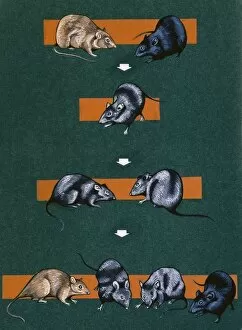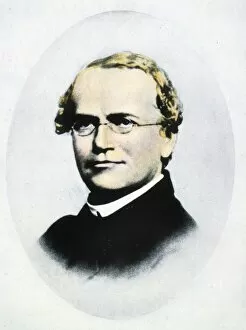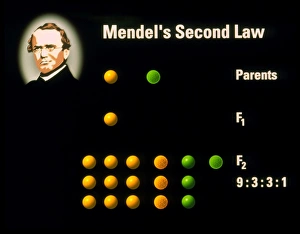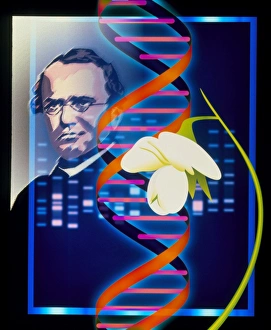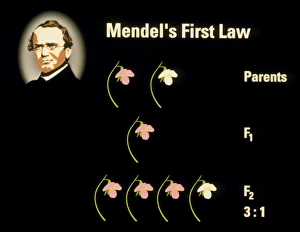Mendel Collection
Gregor Mendel, the Austrian biologist and scientist, is widely known for his groundbreaking work on inheritance and genetics
All Professionally Made to Order for Quick Shipping
Gregor Mendel, the Austrian biologist and scientist, is widely known for his groundbreaking work on inheritance and genetics. His experiments with pea plants in the mid-19th century laid the foundation for our understanding of heredity. Mendel's peas became iconic symbols of his research. Through meticulous cross-breeding, he observed patterns in traits such as flower color and seed shape, leading him to formulate what we now call Mendelian inheritance. This revolutionary theory explained how certain characteristics are passed down from one generation to another. In addition to his work with peas, it also studied mice and their inherited traits. He expanded his research beyond plants, further solidifying his place in scientific history. The influence of Mendel's discoveries can be seen even today. A poster featuring Cepea Snails showcases a colorful lithograph that highlights the importance of biodiversity influenced by genetic factors. Mendel's contributions were not limited to science alone; he was also recognized for his performances at the London Hippodrome as an accomplished lithographer. His artistic talents complemented his scientific pursuits beautifully. One notable publication that showcased Mendelian inheritance was "The Culinary Pea" in 1912. This paper delved into the specific colors of flowers found within culinary peas and provided valuable insights into genetic variations among plant species. William Bateson, a British geneticist from 1914 onwards, acknowledged Gregor Johann Mendel's significant role in shaping our understanding of genetics. Bateson himself contributed immensely to this field but always paid homage to Mendel's pioneering work. Born in 1822 in Brno, Margraviate of Moravia (now part of Czech Republic), Gregor Johann Mendel lived a life dedicated to both science and religion as an Augustinian friar and abbot at St. Thomas Abbey. Gordon Ross immortalized Gregor Johann Mendel through illustrations featured in "Living Biographies of Great Scientists.









